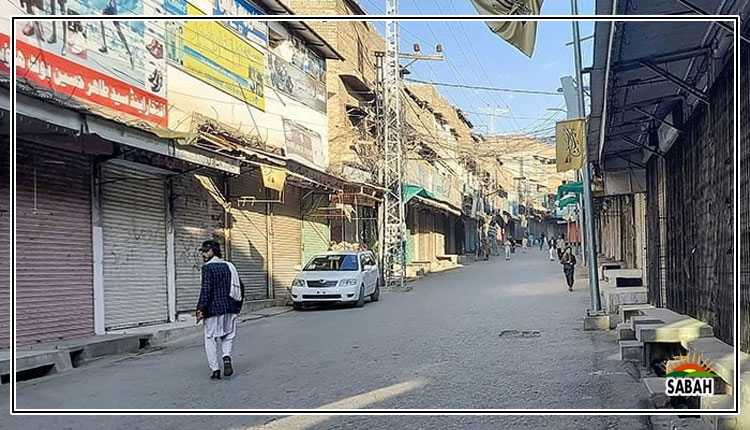Resilient infrastructure…Zile Huma
The construction of infrastructure on resilient foundations leads to such structures absorbing and preventing sudden and severe shocks which could include many disasters like floods, glacier melting, earthquakes, cyclones, tsunamis, wildfires, etc.
Such disasters bring huge economic losses to nations and slow down their economic growth. Climate change is one of the biggest challenges faced by our planet. Sometimes anti-green infrastructure becomes the reason behind these disasters.
Climate-led disasters disturb communication lines like transport (rail, road, and air), and electricity and gas supplies. They also convert educational and health infrastructure into rubble that leads to disrupting both educational activities and health services. It further disconnects sources of information including telecommunications.
According to a World Bank report, during floods in Pakistan in 2022 sectors like housing, agriculture and livestock, and transport and communications suffered the most significant damage at $5.6 billion, $3.7 billion, and $3.3 billion, respectively. These floods were a severe blow to the deteriorating economy of Pakistan. The destruction was so severe that recovery and rehabilitation efforts are still underway after one year.
Similarly, according to the United Nations Environment Programme, over 18 million hectares have burned in the Australian bushfire season 20192020 as of mid-January destroying over 5,900 buildings including over 2,800 homes.
Anti-green infrastructures are a major cause of climate change. Transport systems consuming carbon fuels emit huge quantities of GreenHouse Gases (GHG) which raise the global carbon temperature. Similarly, skyscrapers and housing colonies constructed without proper urban planning reduce green areas and play a significant role in global warming.
It is estimated that the cement industry accounts for eight per cent of global carbon emissions. With the mushrooming of the population, the expansion of urban and residential areas also increased manifold based on cemented housing schemes and huge buildings for commercial purposes. Such anti-green infrastructure activities amplify the process of global warming. Another important infrastructure is the drainage and sewerage system in cities developed to prevent urban flooding in case of heavy rains. Blocked drainage systems in urban areas fail to drain rainwater causing urban flooding.
To reduce the impacts of disasters caused by climate change, we need to promote resilient infrastructure. According to the Organization for Economic Cooperation and Development (OECD), climate-resilient infrastructure is planned, designed, built, and operated in a way that anticipates, prepares for, and adapts to changing climate conditions. Several short-term and long-term strategies can be used not only to develop resilient infrastructure to sustain climate-led disasters but can help to reduce carbon emissions.
First of all, green spaces should always be the centre of focus in urban planning due to their significance in carbon absorption from the environment. Housing societies should not be granted licences unless they have properly designed and implemented green spaces. At least 10 per cent of the land should be allocated to parks, and roadside tree plantations in their housing schemes.
New housing societies should be incentivized to install solar energy to meet the utility needs of their customers. They can be given some tax rebates if they develop green societies. Roof and vertical gardening ideas should be encouraged. Such ideas can be started with government-sector buildings to create awareness among the public. Parliament of Pakistan became the first parliament in the world to run entirely on solar energy in 2016.
The substitution of the cement industry can help reduce significant carbon emissions. We need to transform our transportation system to clean energy to reduce our reliance on fossil fuels.
We need to adapt our communication and transport lines according to the emerging challenges of climate-change disasters. Material, equipment utilization and area selection must take into account the impacts of such disasters. The material used must be resilient enough to absorb sudden shocks of climate disasters. Pakistan also needs to develop its climate resilient infrastructure and transform existing infrastructure into green infrastructure to combat the devastating impacts of climate change.
UN Chief Antonio Guterres had recently issued a warning Earth is now in an era of global boiling with July experiencing its hottest temperature ever recorded. Transformation and adoption of resilient infrastructure is an important area to reduce carbon emissions and reduce the financial losses caused by climate-led disasters.
Courtesy The News












